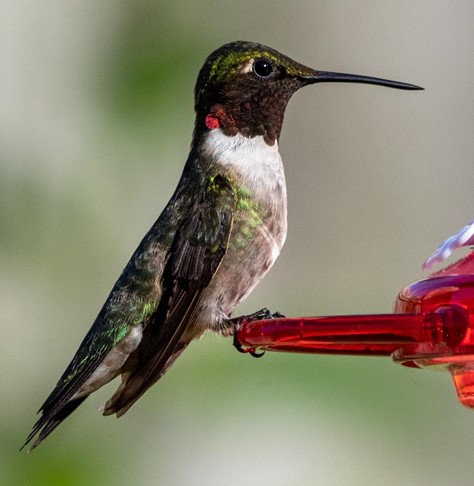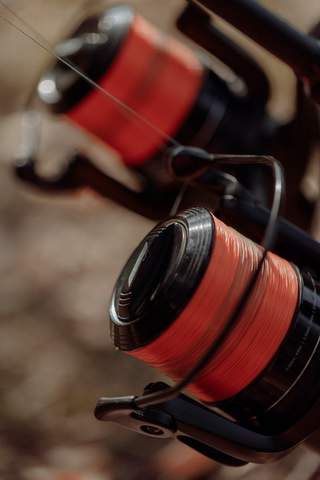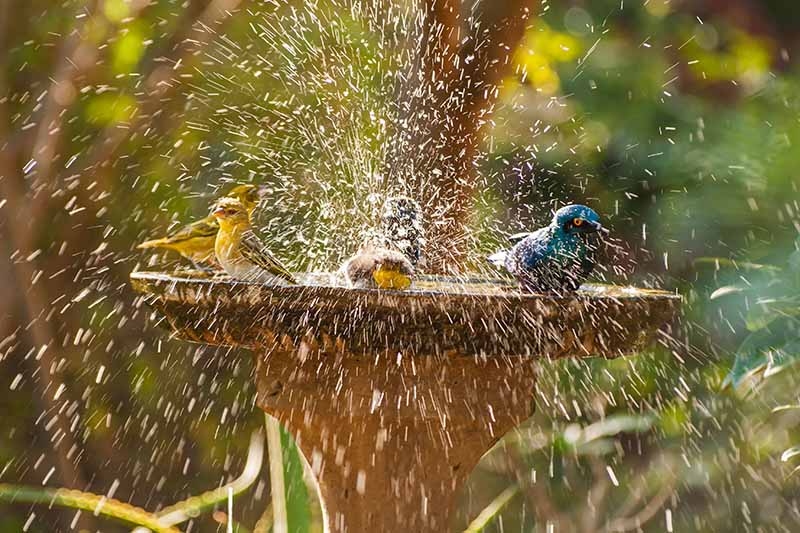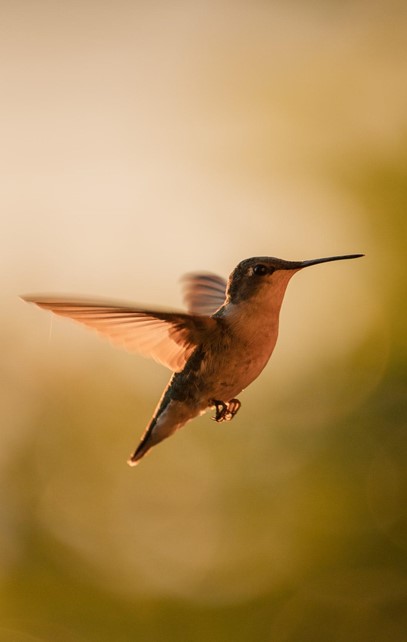Hummingbirds are so adorable birds and eye-catchers. You cannot resist yourself when you see these vibrant birds. Even though they are beautiful and admirable yet there are a lot of dangers that need to be removed to make their life easier. They are not so large birds, so they have danger from the weather in many aspects.
If the wind flows so fast, it may be a threat to them. Similarly, heavy rainfall, extreme cold in winters, hot weather in the summer season and heavy drought will be a major threat to their life as they may be injured badly, or it may also lead to the end of their life. These may be life-threatening for them too.
So, to protect them and their feeders, we need to take care of some important facts. In this article, we will cover all the important pointers and the ways by which we can save the beautiful Hummingbirds and their feeders too.
Let us begin!
Except for these climatic factors, there are still some other factors that can ruin the life of Hummingbirds. These additional factors include Predators who are always in the position to attack the beautiful birds.
The major Predators that can be listed here are Crows, Squirrels, Chipmunk, Domestic Cats etc. This is just a small list of the factors that are hampering the Hummingbirds. We need to find a solution to these, and this article is all about this.
Even the Frogs, Snakes or Lizards can catch the low flying hummingbirds. If you know that you will save your yard from pests and for that you spray pesticides, then it will also be very harmful to the hummingbirds if they decide to stop and stay for some time in your yard.
Hummingbirds are fond of feeding on insects and flowers nectar so if you use pesticides then the hummingbirds will feed on the same insects and flower nectar and they will be poisoned by it. It may also lead to their death too
Hummingbirds can be threatened by their family species as well. As they will compete with one another for foodstuff and mating too. Sometimes in this race of winning, they may face a great loss of physical appearance and sometimes lose their lives too.
With this, the major threat that comes into the picture for the hummingbird feeder is the feeder pests that come in the form of insects and destroy hummingbirds’ feeders. This comes to be very frustrating when the insects invade the feeders of your hummingbirds.
Here, we will discuss some solutions to avoid ants and bees from destroying the feeders of your favorite birds. We will discuss all the available options and particular solutions as well to get this done.
Removal of Insects

Small insects are a big threat to your hummingbirds. Ants, Wasps, and bees like the same nectar that hummingbirds like so they try to intervene in the feeder of your favorite birds and destroy the entire flow.
This will hinder hummingbirds from feeding and they may not feel good. This way, hummingbirds cannot feed safely as the insects may not only steal the nectar but also contaminate it to make it unfit for the hummingbirds. This will result in poison ingestion by the hummingbirds, and it may also lead to death.
To protect hummingbirds’ feeders, we have well-planned solutions to eradicate this fear of ants and other insects. The best solution is to use Ant Guard that can be placed above your hummingbird feeder. This Ant Guard has Permethrin that is a special type of chemical and it is completely safe for all the animals and birds around, but it will repel ants to come close to your hummingbird’s feeders to provide them with a comfortable and safe place to feed on.
Another solution to this issue is to use Ant Moats. These feeders have a special way to keep these ants away. You will see a small space where you can fill the water above the feeder, and this will resist the ants to come close. This water will just repel the ants as they will not be able to cross this barrier and keep the nectar fresh as well as uncontaminated for your hummingbirds.
The best way to avoid ants and bees coming close to Feeder is to buy a feeder with a bee guard and ant guard already installed in it. So, you need not worry about the feeder of the hummingbird if you love them and want to keep them.
Tips to Save Hummingbird Feeders
Hanging a Feeder from a Fishing Line

This is the best way to save your hummingbird feeders that is to hang them with the fishing line. The fishing line is so slippery so it will serve the purpose of safety because ants cannot climb up at this and, they cannot climb down.
Applying Something Slippery on The Pole
This is a widely used and easiest technique to use. Just apply some slippery material on the pole with which the feeder, you decided to hang.
This way the ants will not be able to cross. Vaseline Petroleum Jelly is the best thing to use in this context. You will find it already at your home or you can buy it from the market as it is pocket friendly. Moreover, many people are like, they have Vaseline but never finished the complete pack of it.
Moving Your Feeder Location to Avoid Ants
Sometimes stopping ants is very easy and the best way to do so is to move the feeder to a place where you are sure that ants cannot approach. But sometimes the ants get their way to the new location as well if you do not notice it for a couple of days after you place the feeder there.
So, keep a regular check on this thing because you do not want the ants to drink all the nectar that you want the hummingbird to drink and stay safe. For this, many people keep on changing the position of the feeder from time to time so that ants will not be able to reach a particular place, or they get enough time to explore the same.
Check on Leakage Problem on Feeder
You need to make sure that the feeder does not have any small leak because it will work as oil in the fire. We all know that ants love sugar and sweet things. So, if your feeder will have any leak then the nectar will fall, drop by drop. This will be a major problem for you.
If any ant senses that and comes there, then there will be a complete gang of ants that will be invited for that treat. And once the ants will gather there then, no one can make sure that hummingbirds and their feeder is fine. Better to keep a check on it most of the time and do the needful regarding this.
If you purchase a cheap feeder for the hummingbirds then it will crack soon and dripping of nectar can happen. This will automatically attract a lot of ants to come and drink it, that you do not want. So always buy a good quality feeder and it will not let the nectar drip through any leak.
You also need to take care of the temperature range where you are placing your feeder. If you put it at the place where there is a lot of sunshine or live-in hot regions, then you need to place the feeder in that area where there is less sunlight or the less warm area. You can also put this feeder under some tree in your yard and this will give it a shady environment.
Keeping Ants Off the Feeder by Cleaning Them Timely
The best practice that we need to follow is to clean the hummingbird feeder on a timely basis. Commonly, the sugar will accumulate outside the feeder so it will attract the ants towards it, so it is better to clean it to avoid this situation.
To stop this from happening, you need to clean it with a soft brush and while cleaning, you need to change the nectar and refill it.
Use of Rub Bay or Mint Leaves on Pole

Another way to protect your hummingbird feeder is to use some insect repellants. The best and easy way to do so is to use bay or mint leaves as it is the natural remedy to prevent ants from approaching the feeder of your favorite bird. Both these are widely used insect repellants.
Despite using the mint leaves you can also rub the leaves on the pole to prevent the approach of the ants to the feeder. Spread the crushed leaves around the base of the pole and it will also do the needful.
You can also hang some leaves above the feeder and the ants will have a restriction to come close to the feeder. You just need to make sure that wherever you place the leaves of hanging them, ants will have the same path to cross.
There is one another strategy that you can follow and that is to grow mint around the pole or the place where you place your feeder so it may take 1-2 years to grow the mint leaves properly, but it will be best to avoid the entry of leaves to the feeder. You also need to cut the leaves from time to time else they will grow in large areas that might be a pain for you.
Hanging Your Feeder in the Fountain

This is also a great escape from the ants interfering in your feeder so in this case, you can save your hummingbird feeder from ants if you hang it in the center of the large fountain. This way, it will create a large distance for ants to cross it and they will not be able to do so. You can save the feeder 100% with this. However, this method may not work for bees and wasps so for that you need to check for another solution above.
Please do not spray insecticides or any chemical around the pole or feeder as it may not only kill the insects it should kill but other bugs may get hampered. This may cause a shortage of food for the hummingbirds, and they may not be interested to stay for a longer time in that feeder yard.
So here are the best and easiest techniques and solutions by which you can save your hummingbird feeder. Follow the solutions with proper technique and you will be good to go. Wish you all the luck with the feeder safety and the beautiful hummingbird’s view.

